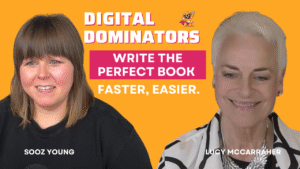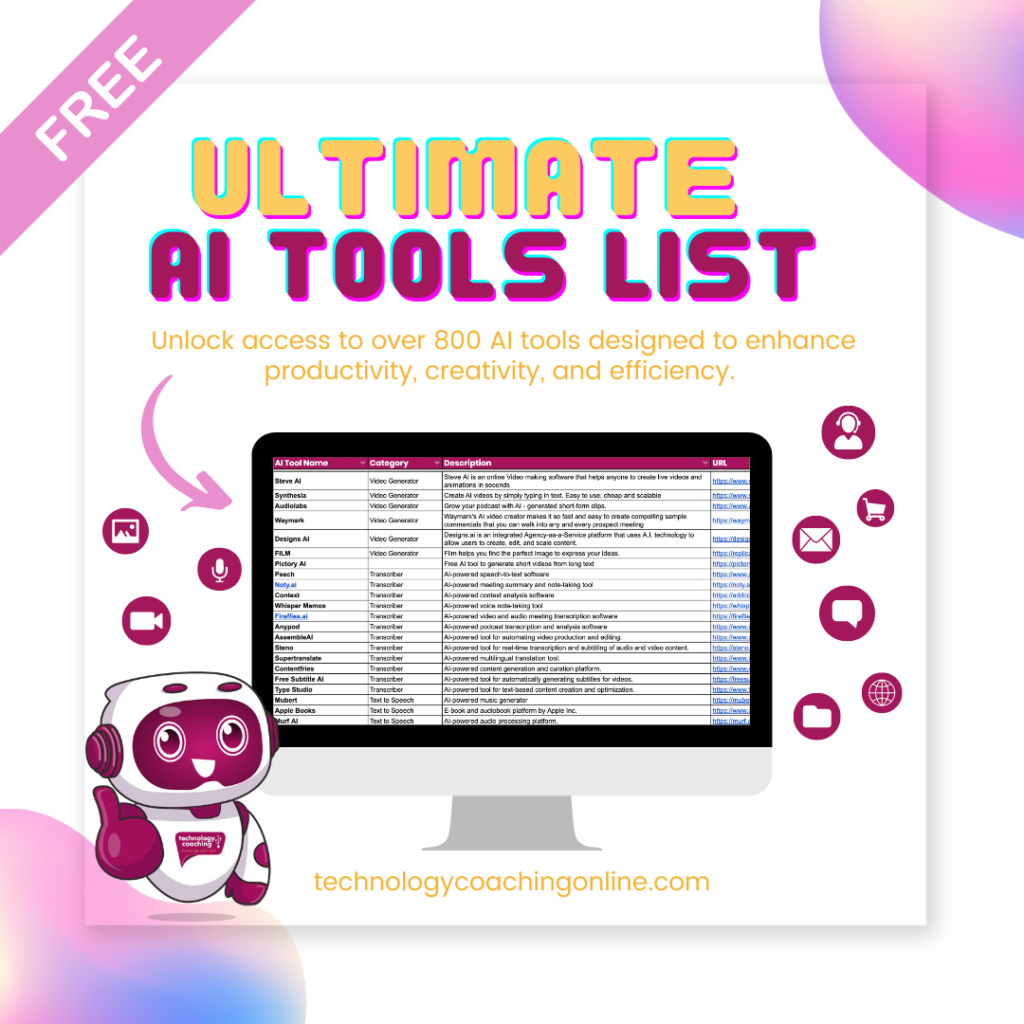Prototyping is a critical phase in product development that enables designers and developers to evaluate and refine concepts before committing substantial resources to full-scale production. This process involves creating preliminary versions of a product, ranging from basic to advanced representations, to gather feedback from stakeholders and potential users. Prototyping helps identify design flaws, facilitates iterative improvements, and aids in visualizing concepts effectively.
The practice of prototyping offers several benefits:
1. Risk reduction: By uncovering issues early in the development process, prototyping minimizes the likelihood of costly mistakes later on. 2.
Improved communication: Tangible representations of ideas enhance understanding among team members and clients. 3. Validation of assumptions: Prototypes allow teams to test hypotheses about user needs and product functionality.
4. Time and cost efficiency: Early identification and resolution of problems can lead to significant savings in the long term. Prototyping also fosters collaboration and creativity within development teams.
It provides a concrete platform for brainstorming and problem-solving, encouraging experimentation with various design ideas and features. This process often leads to innovative solutions and a deeper understanding of user requirements. In the current competitive market landscape, prototyping plays a crucial role in maintaining a competitive edge.
It serves as a link between conceptualization and implementation, transforming abstract ideas into testable designs. By employing prototyping techniques, companies can more effectively develop products that align with user expectations and market demands.
Key Takeaways
- Prototyping is crucial for validating ideas, gathering feedback, and refining designs before investing in full development.
- Low-fidelity prototyping techniques, such as paper prototyping and wireframing, are cost-effective and efficient for early-stage concept validation.
- High-fidelity prototyping techniques, including interactive prototypes and simulations, provide a more realistic user experience for in-depth testing and feedback.
- Rapid prototyping tools and methods, such as 3D printing and CNC machining, enable quick and iterative physical product development.
- User testing and feedback are essential for identifying usability issues, gathering user preferences, and refining prototypes for better user experience.
- Best practices for prototyping include involving stakeholders early, setting clear objectives, iterating based on feedback, and considering technical feasibility.
- Common prototyping challenges, such as scope creep, resource constraints, and conflicting feedback, can be overcome by setting clear expectations, prioritizing features, and maintaining open communication.
Low-Fidelity Prototyping Techniques
Benefits of Low-Fidelity Prototyping
Low-fidelity prototyping techniques offer several benefits, including cost-effectiveness and rapid iteration. By creating simple, rough representations of a product or interface, designers can quickly test and validate design concepts, gather feedback, and make informed decisions before investing time and resources into more detailed and time-consuming processes.
Techniques for Low-Fidelity Prototyping
There are several techniques for creating low-fidelity prototypes. One common method is paper prototyping, where designers sketch out the user interface on paper and simulate interactions by manually moving elements around. Another technique is using wireframes, which are simple, black-and-white layouts that outline the structure and functionality of a digital interface. Designers can also create mockups using basic design tools such as Adobe XD or Sketch.
Advantages of Rapid Prototyping
By using low-fidelity prototyping techniques, teams can rapidly explore different design ideas, gather early feedback, and make informed decisions before moving on to more detailed and time-consuming processes. This approach allows designers to focus on the overall user experience, identify potential issues, and refine concepts quickly and efficiently.
High-Fidelity Prototyping Techniques

High-fidelity prototyping involves creating more detailed and realistic representations of a product or interface to closely resemble the final design. This can include interactive prototypes that simulate user interactions and demonstrate the functionality of the product. One common method for high-fidelity prototyping is using design software such as Figma or Adobe XD to create interactive prototypes with clickable elements and transitions.
These tools allow designers to create a more immersive experience that closely mirrors the final product, making it easier to test usability and gather detailed feedback from stakeholders. Another high-fidelity technique is using coding languages such as HTML, CSS, and JavaScript to build functional prototypes that closely resemble the final product. This approach allows for greater customization and interactivity, providing a more accurate representation of the user experience.
High-fidelity prototyping techniques are particularly useful for refining the visual design, testing complex interactions, and demonstrating the overall look and feel of the product. By creating realistic prototypes, teams can gain a deeper understanding of user needs and behaviors, leading to more informed design decisions and a higher-quality end product.
Rapid Prototyping Tools and Methods
Rapid prototyping tools and methods are designed to streamline the prototyping process and facilitate quick iteration and testing. One popular method is using prototyping software such as InVision or Marvel, which allows designers to create interactive prototypes with minimal effort. These tools often include collaboration features, version control, and user testing capabilities, making it easier for teams to gather feedback and make iterative improvements.
Another rapid prototyping method is 3D printing, which enables physical prototypes to be quickly produced from digital designs. This approach is particularly useful for testing the form and function of products in industries such as manufacturing and industrial design. Furthermore, rapid prototyping methods can also include agile development practices such as sprints and iterative design cycles.
By breaking down the development process into smaller, manageable tasks, teams can quickly build and test prototypes in short timeframes, allowing for rapid iteration and improvement. Additionally, leveraging cloud-based collaboration tools such as Google Workspace or Microsoft Teams can facilitate real-time communication and feedback exchange among team members, further accelerating the prototyping process. Overall, rapid prototyping tools and methods are essential for maintaining agility and efficiency in the product development process.
User Testing and Feedback in Prototyping
User testing and feedback play a critical role in the prototyping process by providing valuable insights into user preferences, behaviors, and pain points. By involving end-users early in the development cycle, teams can gather firsthand feedback on the usability and desirability of the product, leading to more user-centric designs. One common method for gathering user feedback is conducting usability testing sessions where participants interact with the prototype while providing verbal feedback and observations.
This approach allows designers to observe how users navigate the interface, identify areas of confusion or frustration, and gather suggestions for improvement. Another method for gathering user feedback is through surveys and questionnaires distributed to a wider audience. These tools can provide quantitative data on user preferences and satisfaction levels, helping to identify trends and patterns in user behavior.
Additionally, leveraging analytics tools such as heatmaps and click tracking can provide valuable insights into how users interact with the prototype, allowing for data-driven decision-making. By incorporating user testing and feedback into the prototyping process, teams can ensure that the final product meets the needs and expectations of its intended audience, ultimately leading to higher user satisfaction and adoption rates.
Best Practices for Prototyping

Define Clear Objectives and User Needs
One best practice is to start with clear objectives and a solid understanding of user needs before diving into the prototyping process. By defining specific goals and success criteria upfront, teams can stay focused on creating prototypes that address key user pain points and deliver meaningful value.
Foster Collaboration and Prioritize Functionality
Additionally, involving cross-functional team members in the prototyping process can bring diverse perspectives to the table, leading to more innovative solutions and better-informed design decisions. Another best practice is to prioritize usability and functionality over visual polish in the early stages of prototyping. By focusing on creating prototypes that effectively communicate the core functionality of the product, teams can gather valuable feedback on usability and make necessary iterations before investing time in visual design details.
Embrace Iteration and Continuous Improvement
Furthermore, maintaining an iterative mindset throughout the prototyping process is essential for continuous improvement. By embracing a culture of experimentation and learning from failures, teams can make informed decisions based on real-world feedback and data, ultimately leading to more successful products.
Overcoming Common Prototyping Challenges
Despite its many benefits, prototyping comes with its own set of challenges that teams must overcome to be successful. One common challenge is managing stakeholder expectations and balancing conflicting feedback from different sources. To address this challenge, it’s important to establish clear communication channels with stakeholders from the outset, set expectations for the prototyping process, and prioritize feedback based on user needs and business goals.
Additionally, involving stakeholders in the prototyping process early on can help align expectations and foster a sense of ownership in the final product. Another common challenge in prototyping is navigating technical constraints and limitations when creating high-fidelity prototypes. To overcome this challenge, teams can leverage rapid prototyping tools that offer pre-built components and templates to expedite the design process while maintaining a realistic representation of the final product.
Additionally, collaborating closely with developers throughout the prototyping process can help identify technical constraints early on and find creative solutions that balance design vision with technical feasibility. By addressing these common challenges head-on, teams can ensure a smoother prototyping process that leads to better outcomes for their products. In conclusion, prototyping is an essential step in the product development process that allows teams to test ideas, gather feedback, and refine designs before moving into full-scale production.
Whether using low-fidelity or high-fidelity techniques, rapid prototyping tools or methods, incorporating user testing and feedback, following best practices, or overcoming common challenges, effective prototyping is crucial for delivering successful products that meet user needs and expectations. By embracing prototyping as a core part of the development process, teams can foster innovation, collaboration, and agility while ultimately delivering higher-quality products that resonate with their target audience.
If you’re interested in learning more about how collaboration can drive collective growth, check out this article on The Power of Collaboration: How Enhanced Teamwork Drives Collective Growth. It explores the benefits of working together and how it can lead to greater success for teams and organizations.
FAQs
What is prototyping?
Prototyping is the process of creating a preliminary version of a product or system in order to test and validate its design, functionality, and user experience.
Why is prototyping important?
Prototyping is important because it allows designers and developers to gather feedback, identify potential issues, and make necessary improvements before investing significant time and resources into the final product.
What are some common prototyping techniques?
Common prototyping techniques include paper prototyping, digital prototyping using tools like Adobe XD or Sketch, interactive prototyping with tools like InVision or Figma, and 3D printing for physical product prototypes.
How can prototyping benefit the design process?
Prototyping can benefit the design process by helping to visualize and test ideas, gather feedback from stakeholders and users, iterate on designs, and ultimately create a more refined and user-friendly final product.
What are some best practices for prototyping?
Best practices for prototyping include starting with a clear goal in mind, involving stakeholders and users in the prototyping process, creating multiple iterations to explore different ideas, and using the appropriate level of fidelity for the prototype based on the stage of the design process.



